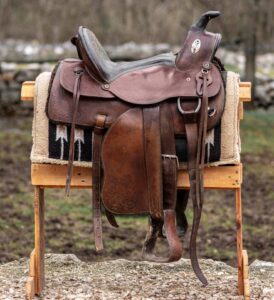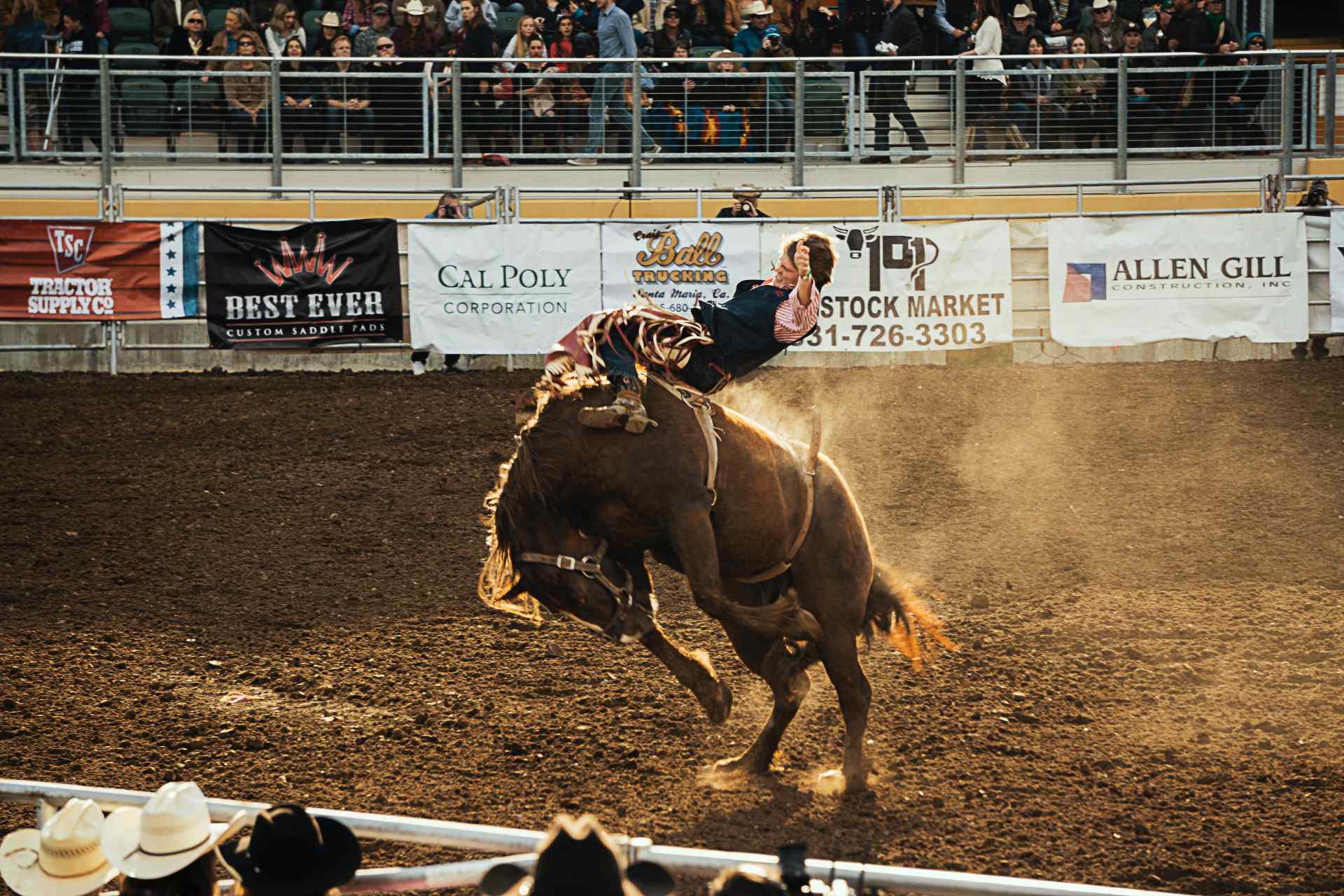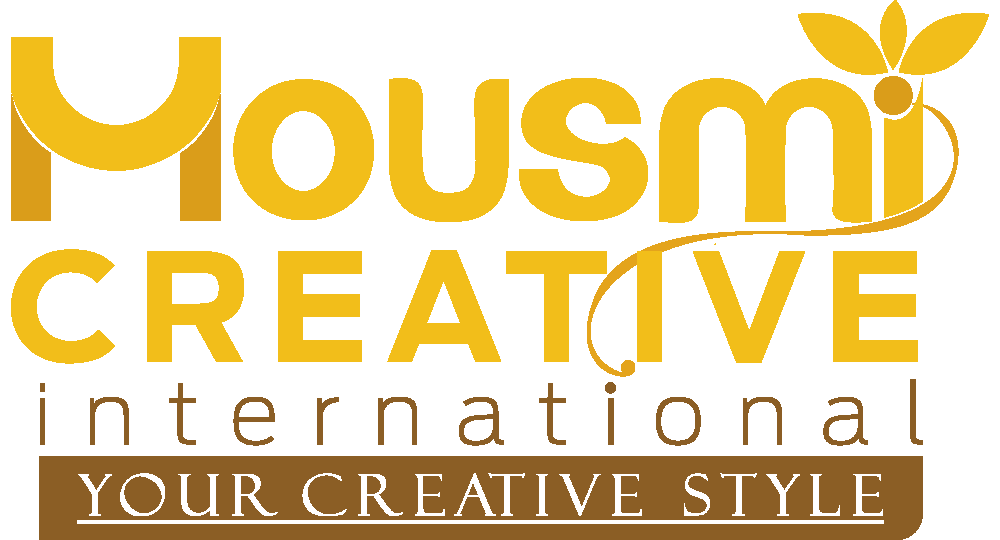For horse riders, selecting the right western saddle is crucial to ensure comfort and safety for both rider and horse. With various styles, materials, and sizes available in the market, choosing the perfect western saddle can be overwhelming. This article aims to provide an ultimate guide on how to choose the perfect western saddle make an informed and educated decision when selecting a western saddle, taking into account factors such as fit, materials, budget, and riding discipline.
How To Choose A Perfect Western Saddle :
One of the most critical aspects of choosing a western saddle is ensuring it fits both the rider and the horse comfortably. An ill-fitting saddle can cause discomfort, pain, and even injury for both the rider and the horse. how to choose the perfect western saddle then you can follow the following factors:
Horse’s Anatomy: Learn about your horse’s unique back shape and wither height. Different horses have varying withers, back lengths, and curvatures, which will influence the saddle’s fit.
Rider’s Size: The rider’s size and weight should also be considered when choosing a saddle. The saddle should accommodate the rider comfortably and maintain proper balance.
Try Before You Buy: Whenever possible, try out the saddle before making a purchase. Many retailers offer saddle fitting services, which can help you find the right size and style for both you and your horse.
Determine Your Riding Discipline:
Western saddles come in various styles, each designed for specific riding disciplines. Whether you participate in trail riding, roping, barrel racing, or pleasure riding, there’s a saddle suitable for your needs. Understanding your riding discipline will help narrow down your options and ensure you choose a saddle that provides the necessary support and functionality.
Choose the Right Material:
Western saddles are commonly made from leather or synthetic materials. Following both options have their advantages and disadvantages.
Leather Saddles: Leather saddles are known for their durability, comfort, and classic appearance. They tend to mold to the rider’s and horse’s shape over time, providing a personalized fit. However, leather requires regular maintenance and conditioning to prolong its life.
Synthetic Saddles: Synthetic saddles are lightweight, easy to clean, and often budget-friendly. They are an excellent option for beginners or riders looking for a low-maintenance alternative. However, they may not last as long as high-quality leather saddles.
Consider the Saddle Tree:
The saddle tree, consider important on how to choose the perfect western saddle plays a significant role in determining the saddle’s fit. There are mainly two types of saddle trees:
a) Flexible Tree: These saddles are designed to flex and adapt to the horse’s movement, providing a more customized fit. They are ideal for horses with unique back shapes or those who have had previous injuries.
b) Rigid Tree: Rigid trees offer more stability and support. They are better suited for horses with well-defined back structures and regular conformation.
Evaluate the Rigging Options:
The rigging refers to the system used to secure the saddle to the horse’s back. Western saddles typically come with either a full, ¾, or 7/8 rigging. The choice of rigging depends on your riding style and horse’s comfort.
Full Rigging: The most secure option, suitable for activities that require stability and close contact, such as roping or cutting.
¾ Rigging: A balanced choice, offering a compromise between stability and flexibility, suitable for a wide range of disciplines.
7/8 Rigging: Provides more flexibility and freedom of movement for the horse, commonly used in pleasure riding and trail riding.
Check the Stirrup Length and Position:
Proper stirrup length and positioning are crucial for rider balance and comfort. Ensure that the stirrups are adjustable to accommodate your leg length, providing a secure and comfortable riding position.
Consider Additional Features:
Western saddles often come with various additional features, such as tooling, conchos, and seat padding. While these features are primarily aesthetic, they can enhance the overall comfort and appearance of the saddle. Choose features that align with your preferences and style.
Choosing the perfect western saddle is a significant investment that directly impacts the comfort and safety of both rider and horse. By considering factors such as saddle fit, riding discipline, material, saddle tree, rigging options, stirrup length, and additional features, you can make an informed decision and find the ideal saddle that suits your needs. Remember to consult experts, try out different options, and prioritize comfort and fit to ensure a rewarding and enjoyable riding experience for both you and your equine companion. Happy riding!
How to Measure a Western Saddle :
Finding the right fit for a western saddle is essential for the comfort and well-being of both the rider and the horse. An ill-fitting saddle can lead to discomfort, reduced performance, and even potential injury. To avoid these issues, it’s crucial to accurately measure a western saddle before making a purchase. In this guide, we will take you through the step-by-step process of measuring a western saddle to ensure a perfect fit for both horse and rider.

Step 1: Gather the Necessary Tools
know these things when you wanna know how to choose the perfect western saddle.
Measuring Tape: A flexible measuring tape will be your primary tool for taking accurate measurements.
Saddle Pad: Ensure you have the saddle pad that will be used with the saddle during riding. Different saddle pads can affect the fit, so it’s essential to use the one you plan to use regularly.
Step 2: Measure the Seat Size
The seat size refers to the saddle area where the rider sits. To measure the seat size of a western saddle, follow these steps:
Place the saddle on a flat surface, ensuring it’s level and stable.
Measure from the base of the horn (front) to the center of the cantle (back). This distance represents the seat size.
Western saddle seat sizes are typically measured in inches and range from 14 to 17 inches for adults, with variations available for youth riders.
Step 3: Measure the Gullet Width
The gullet width is the space between the two bars of the saddle tree, which rests on the horse’s back. To measure the gullet width, proceed as follows:
Turn the saddle upside down, exposing the underside where the bars are visible.
Place the measuring tape across the bars at the widest point, typically near the front of the saddle.
Measure the distance between the two bars. This measurement is the gullet width, which should correspond to the horse’s wither width.
Step 4: Measure the Skirt Length
The skirt of a western saddle is the area on each side of the saddle, below the seat, which provides additional support. To measure the skirt length, follow these steps:
Start measuring from the front of the saddle, just below the pommel, and extend the measuring tape along the side of the saddle to the back, stopping at the cantle.
This measurement represents the skirt length, which ensures the saddle adequately covers the horse’s barrel area without causing discomfort.
Step 5: Check the Fit on the Horse
Once you have measured the western saddle, it’s essential to check its fit on the horse’s back. Keep the following tips in mind:
Place the saddle with a saddle pad on the horse’s back, ensuring it sits level and centered.
There should be enough clearance between the pommel and the withers to prevent pressure points. The bars of the saddle tree should evenly distribute the rider’s weight along the horse’s back without causing any pressure spots or bridging.
Check for proper clearance and a snug fit, but avoid excessive tightness, which may lead to discomfort.
Measuring a western saddle accurately is a crucial step in ensuring a comfortable and secure riding experience for both rider and horse. By following the step-by-step guide provided in this article, you can determine the seat size, gullet width, and skirt length to find a saddle that fits your horse perfectly. Remember that an appropriately fitted western saddle promotes better communication between rider and horse, ultimately enhancing the overall riding performance and enjoyment. Always consult with a knowledgeable saddle fitter if you have any doubts or need further assistance in finding the ideal western saddle for your equine companion.
Common Mistakes Avoid During Saddle Fitting:
Saddle fitting is a crucial aspect of horse riding that directly impacts the comfort, performance, and overall well-being of both the horse and the rider. A well-fitted saddle ensures that the weight is evenly distributed, prevents pressure points, and allows for clear communication between the rider’s aids and the horse’s responses. Unfortunately, there are common mistakes made during the saddle fitting process that can lead to discomfort and potential issues for both horse and rider. In this article, we will explore some of the most prevalent saddle-fitting mistakes and how to avoid them.

Ignoring the Horse’s Unique Conformation:
One of the most significant errors in saddle fitting is overlooking the horse’s unique conformation. Every horse has its individual shape, size, and back profile, which can vary greatly from one horse to another. A saddle that fits one horse perfectly may not be suitable for another. To avoid this mistake, it is essential to consider the following:
- Evaluate the horse’s wither height, back length, and overall shape.
- Take note of any existing asymmetries or changes in muscle development.
- Choose a saddle tree and pad that aligns with the horse’s conformation to provide maximum comfort and support.
Neglecting the Rider’s Comfort:
While much emphasis is placed on fitting the saddle for the horse, the rider’s comfort should not be overlooked. A saddle that doesn’t suit the rider can lead to poor riding posture, compromised balance, and discomfort during extended periods of riding. To prevent this mistake, pay attention to the following:
- Ensure the seat size of the saddle fits the rider correctly.
- Check the stirrup length to accommodate the rider’s leg length and maintain proper riding position.
- Evaluate the twist and design of the saddle to ensure comfortable contact with the rider’s thighs.
Incorrect Saddle Pad Selection:
Choosing the wrong saddle pad or neglecting its importance can lead to saddle fitting issues. Saddle pads play a crucial role in distributing pressure, absorbing shock, and providing extra support for the horse’s back.
Avoid this mistake by considering the following factors:
- Select a saddle pad that complements the saddle’s fit and helps alleviate pressure points.
- Ensure the pad is suitable for the horse’s unique needs, such as specific padding thickness or materials.
- Regularly inspect the saddle pad for signs of wear or compression and replace it when necessary.
Not Checking the Saddle’s Clearance: Insufficient clearance between the saddle and the horse’s withers or spine can cause discomfort and restrict the horse’s movement. On the other hand, too much clearance may lead to instability and improper weight distribution. To address this issue, ensure the following:
- The saddle provides ample clearance over the withers, spine, and loin areas.
- The saddle remains level and balanced when placed on the horse’s back.
Overlooking Gullet Width:
The gullet width of the saddle tree is critical in maintaining proper spinal clearance and accommodating the horse’s withers. Failing to consider the gullet width can result in pressure points and discomfort.
To avoid this mistake:
- Choose a saddle with a gullet width that corresponds to the horse’s wither width and back shape.
- Ensure the gullet allows sufficient room for the horse’s spine to prevent pressure or pinching.
Not Seeking Professional Help:
Saddle fitting can be a complex process, and attempting to fit a saddle without proper knowledge or experience can lead to mistakes. Seeking assistance from a professional saddle fitter can make a significant difference in finding the right saddle for both horse and rider.
Fit the Saddle for The Rider:
Selecting the right saddle is not just about finding the perfect fit for the horse; it’s equally important to ensure that the saddle fits the rider correctly. A well-fitted saddle for the rider contributes to better communication, improved balance, and overall comfort during horseback riding.
Determining the Correct Seat Size:
The seat size of a saddle is a crucial factor in ensuring rider comfort and stability. An ill-fitting seat can lead to discomfort, hinder proper riding posture, and even cause pain or injury. To determine the correct seat size, follow these steps:
a) Sit in the Saddle: When trying out a saddle, sit in it as you would while riding. Your seat bones should rest comfortably on the widest part of the saddle.
b) Allow Space: Ensure there is about one hand’s width of space between the edge of the seat and the rider’s thighs to prevent chafing and rubbing.
c) Check Knee Clearance: There should be ample space between the rider’s knees and the front of the saddle to avoid pinching or restricted movement.
d) Consider Riding Style: Different riding styles may require specific seat sizes. For example, a Western rider might prefer a deeper seat for security, while an English rider may opt for a flatter seat for closer contact with the horse.
Evaluating Stirrup Length:
The length of the stirrups plays a significant role in maintaining proper riding posture and balance. Stirrups that are too long or too short can lead to discomfort and may impact the rider’s ability to communicate effectively with the horse. Here’s how to evaluate the correct stirrup length:
a) Natural Bend: While seated in the saddle, allow your legs to hang naturally. The stirrups should reach just below your ankle bone when your feet are out of the stirrups.
b) Flexed Knees: When your feet are in the stirrups, your knees should be flexed at approximately a 90-degree angle. This position helps maintain balance and stability during riding.
c) Avoid Overstretching: Stirrups that are too short can cause the rider’s knees to be excessively bent, leading to discomfort and possible knee pain. On the other hand, stirrups that are too long may cause the rider to overreach for them, impacting their ability to maintain a secure position.
Assessing the Twist:
The twist refers to the saddle area where the rider’s thighs make contact. It is essential to find a saddle with a twist that suits the rider’s anatomy to prevent discomfort and promote proper leg positioning.
a) Comfortable Contact: The twist should provide comfortable and secure contact with the rider’s inner thighs without causing pressure or pinching.
b) Proper Alignment: The rider’s knees and toes should point forward naturally when riding. A well-fitted saddle ensures that the rider can maintain proper alignment without forcing their legs into an unnatural position.
Check for Balance and Stability:
A properly fitted saddle should provide the rider with a sense of balance and stability during riding. Here are some points to consider:
a) Centered Position: The rider should feel centered in the saddle, neither leaning forward nor backward. A balanced position allows for better communication with the horse and improved control.
b) Security in the Seat: A well-fitted saddle will allow the rider to maintain a secure seat, especially during transitions, turns, or unexpected movements by the horse.
c) Avoid Tipping: The saddle should not tilt to one side or the other when mounted. Proper saddle fit ensures stability and reduces the risk of accidents caused by an unstable seat.
Find the right fit perfect western saddles at Mousmi Creative International
Now that you know how to choose the perfect western saddle for your horse, it’s time to tack up. Choose from our quality western saddle exclusive collection and accessories for barrel, roping, racing, pleasure riding, and much more. we have all the Western saddle sizes you need.
If you still have questions about bulk orders, our team will help you to choose the perfect western saddle size for your animal. Shop our quality leather Western saddles today contact us now!
Conclusion:
Fitting the saddle for the rider is just as crucial as finding the right saddle for the horse. A well-fitted saddle enhances comfort, balance, and communication between the rider and the horse, leading to a more enjoyable and safer riding experience. To achieve the perfect fit, consider the rider’s seat size, stirrup length, twist, and overall balance and stability in the saddle. Consulting with a professional saddle fitter can be beneficial in ensuring an optimal fit, resulting in countless hours of comfortable and rewarding horseback riding. Remember, investing in a well-fitted saddle is an investment in your riding pleasure and the well-being of your equine partner.
Avoiding common mistakes in saddle fitting is essential for ensuring the comfort, health, and performance of both the horse and the rider. By paying attention to the horse’s conformation, the rider’s comfort, the saddle pad selection, gullet width, and saddle clearance, and seeking professional help when needed, you can prevent potential issues and create a positive riding experience for all involved. Remember, a well-fitted saddle is an investment in the welfare of your horse and your own enjoyment and safety while riding.


